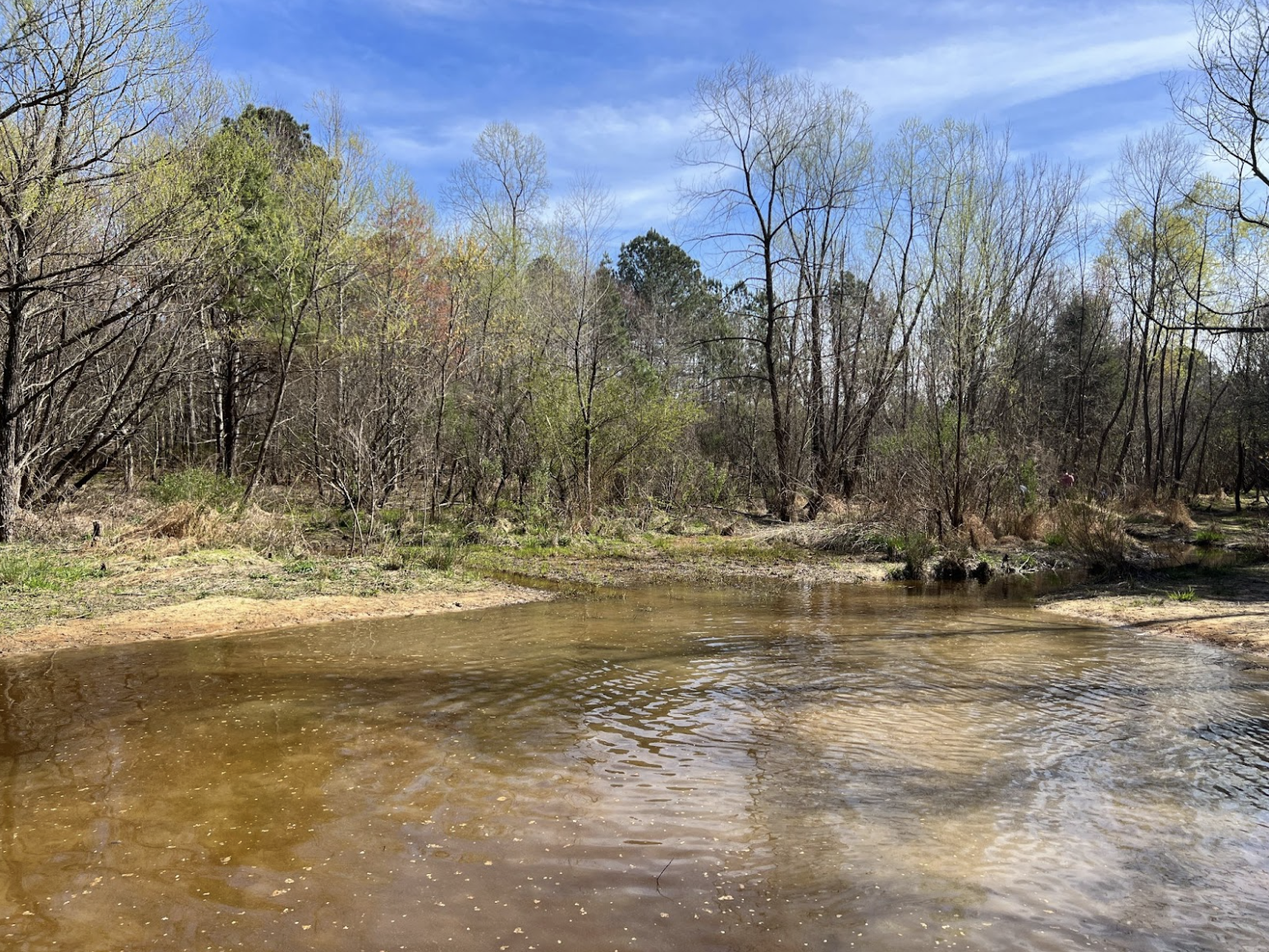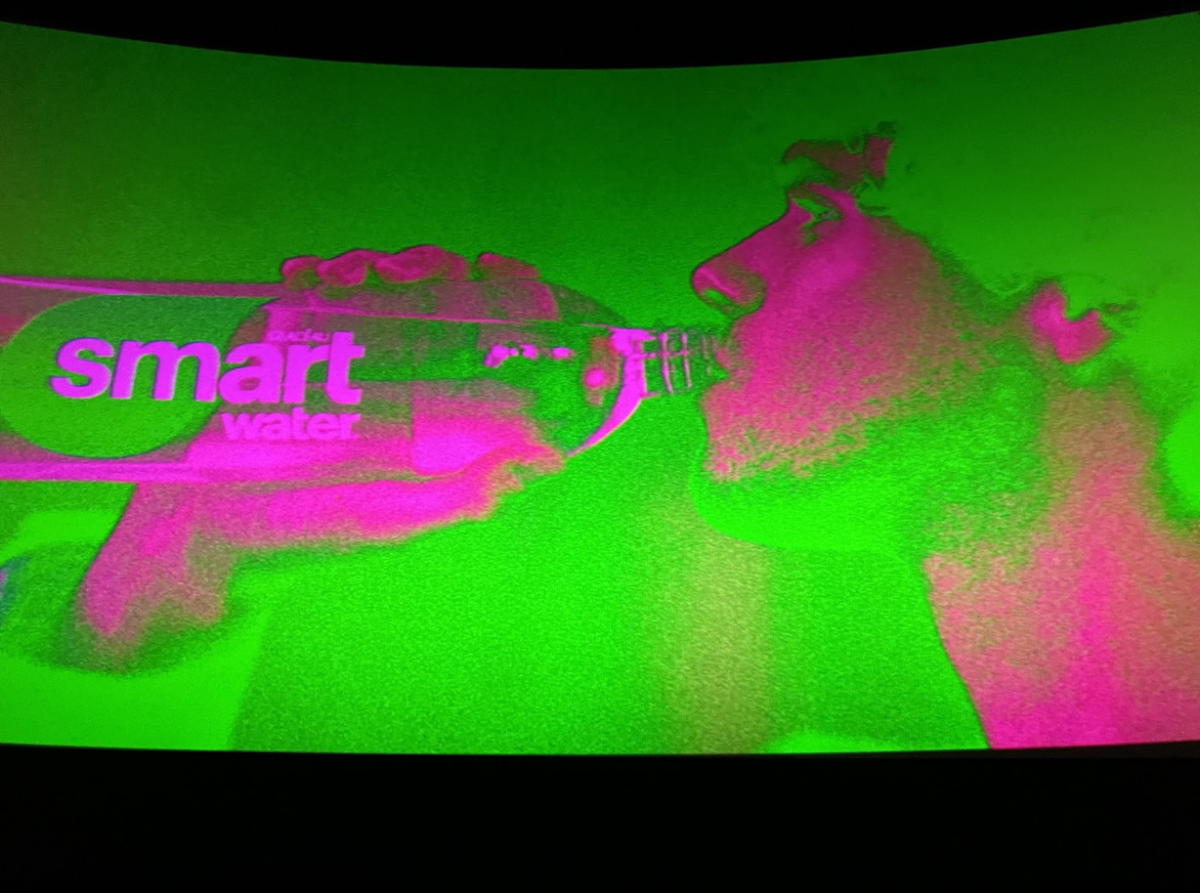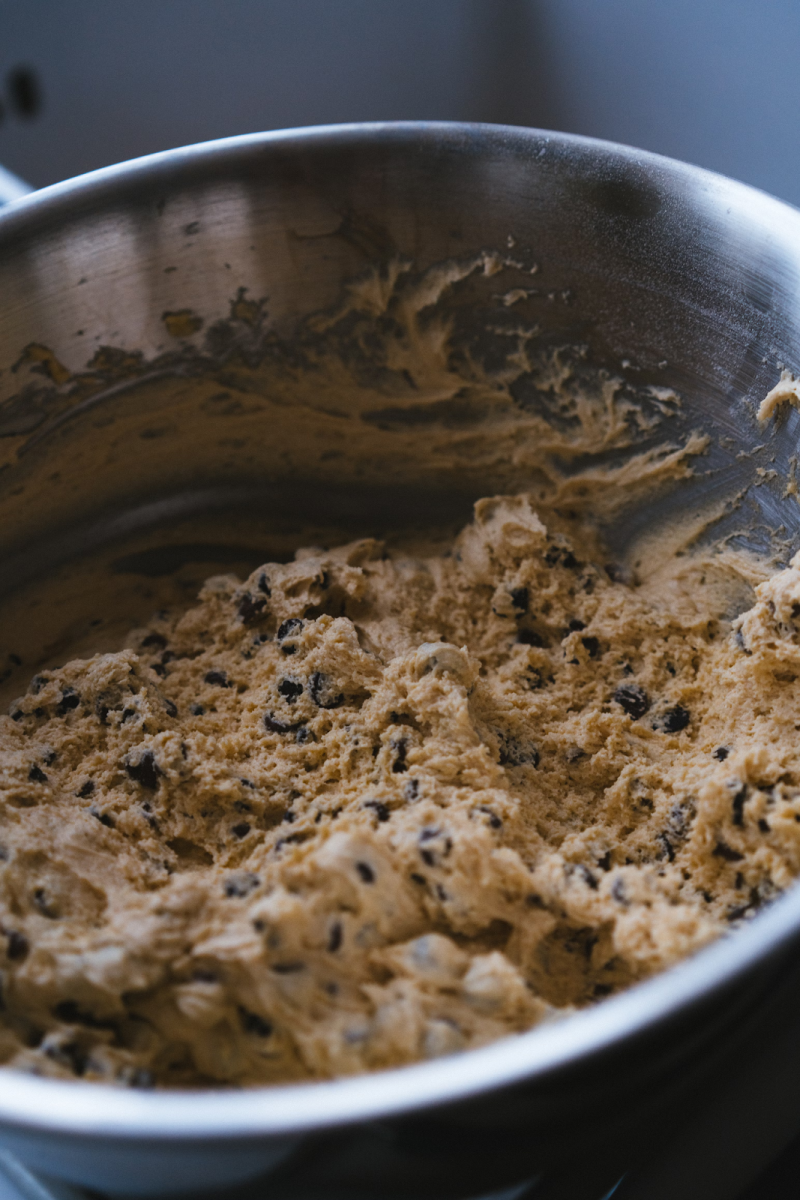Many find it difficult to pursue opportunities in helping preserve the environment. However, the AP Environmental Science (APES) course at Green Hope High School is creating such opportunities for students to both give back to their communities, and learn the importance of natural conservation.
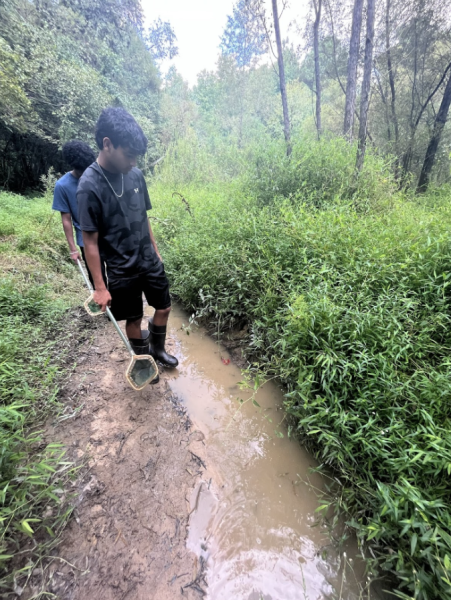
The course is taught by two environmental advocates, Ms. Barbara Magee and Mr. Carl Rush. Mr. Rush attributes the beginning of APES classes’ environmental stewardship to the philosophy of College Board, the organization responsible for overseeing the creation of APES classroom material. “To build in every student a sense of stewardship for the environment and illustrate, throughout the course, that one person can make a difference.” For Green Hope educators and students, volunteerism is more than just meeting an hours requirement. Rush said that he is “very proud of all the students that have contributed to the more than 67,000 hours of environmental community service in that time.”
Apart from their efforts to clean the wetlands, a natural body of water located behind Green Hope’s campus, students in this class are encouraged to complete 6 hours of volunteer work each quarter. They may choose from activities such as volunteering in the school media center, service-based clubs and many other environmentally-conscious stewardship activities.
Rush’s enthusiasm, as well as the course’s, has clearly influenced students. Countless APES students attest to the impact that their volunteer work has left on them well beyond the course, instilling not only a love for the environment, but also for community service.
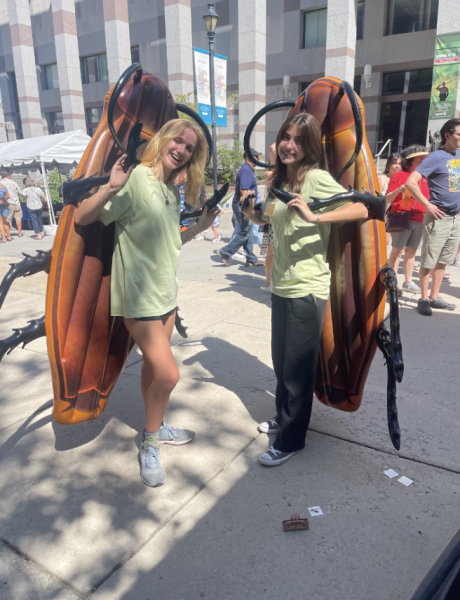
Though the duty to volunteer may seem like a burden and another source of anxiety for high school students, Green Hope student Vyomi Shah (‘24) explained that the hour requirements were minimal enough for many to accommodate it in their schedules, while also encouraging students to continue service beyond the course scope. “It’s only about an hour or two, and you can get them on the weekends, so it’s not really a problem.”
She also expressed the enjoyment and collaboration it entails for students. “You go out with your friends while getting service done, so it’s not just for a grade but you can also have fun with it.” To align with the College Board’s philosophy of stewardship, Rush and Magee keep the energy during volunteering events positive to create engaging opportunities, while also teaching students how to improve the natural environment near and around Green Hope.
Students have become more and more aware of erosion and pollution issues in wetlands in recent years. As the damage becomes more apparent, recent APES classes have focused their service on trying to reverse the damage done to the wetlands and surrounding area by urbanization.
The efforts, spearheaded by Mr. Rush and Ms. Magee, are executed by their students, who continue to make worthwhile contributions to the wetlands. Completing over 67,000 hours of volunteering is no small feat and the number of APES student volunteer hours continue to grow.


